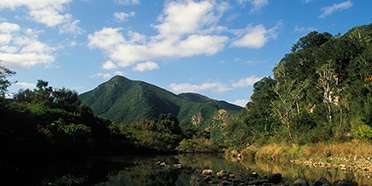
Safari Tours to Addo Elephant NP
-
![5-Day Luxury Garden Route & Addo Group Tour]()
5-Day Luxury Garden Route & Addo Group Tour
$801 to $864 pp (USD)
Scheduled Start DatesSouth Africa: Shared tour (max 10 people per vehicle)LuxuryLodge & Guest House
You Visit: Cape Town (Start), Cape Agulhas (Highlight), Oudtshoorn (Garden Route), Sedgefield (Town), Addo Elephant NP, Port Elizabeth (End)

MoAfrika Tours
4.9/5 – 2,195 Reviews
-

17-Day South Africa Rainbow Route
$3,034 pp (USD)
Scheduled Start DatesSouth Africa & Eswatini: Shared tour (max 12 people per vehicle)
Mid-range Lodge & Tented CampYou Visit: Johannesburg (Start), Greater Kruger, Kruger NP, Malolotja NR, Zululand (KwaZulu-Natal Province), Royal Natal (Drakensberg Mountains), East London (City), Addo Elephant NP, Knysna (Garden Route), Hermanus (Whales), Cape Town (End)

Sunway Safaris
4.8/5 – 37 Reviews
-
![6-Day Garden Route, Addo, and Cape Town Expedition]()
6-Day Garden Route, Addo, and Cape Town Expedition
$983 pp (USD)
Scheduled Start DatesSouth Africa: Shared tour (max 8 people per vehicle)
Mid-range Lodge & Guest HouseYou Visit: Cape Town (Start), Cape Agulhas (Highlight), Oudtshoorn (Garden Route), Sedgefield (Town), Addo Elephant NP, Wilderness (Garden Route), Cape Town (End)

SafariLife
5.0/5 – 21 Reviews

 South Africa Parks
South Africa Parks











